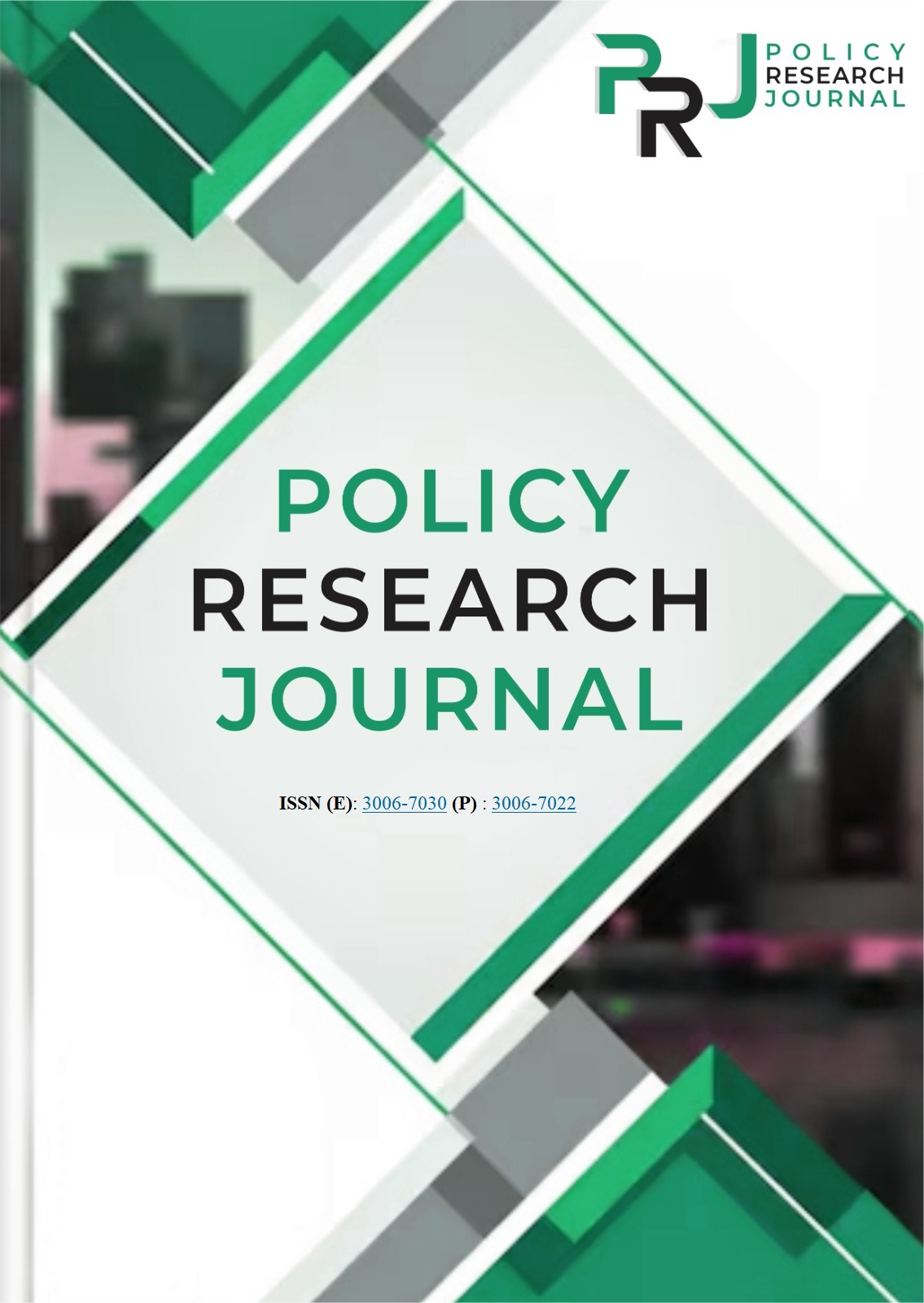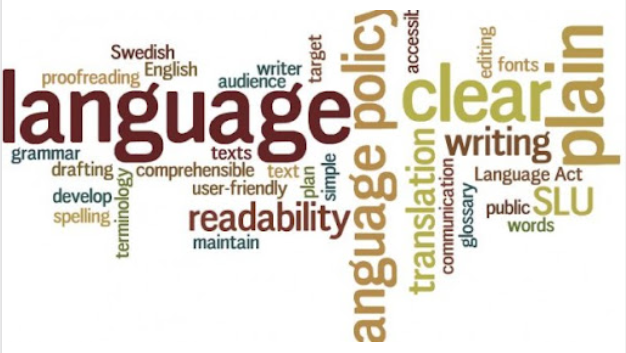ASSESSING SCHOOL SECURITY AND EMERGENCY PREPAREDNESS FOR TERRORIST THREATS IN GILGIT-BALTISTAN
Keywords:
Terrorism, Violence, School security, Security preparedness, Security training, Security policiesAbstract
Security in educational institutions is a global concern. There is no doubt a secure institutional environment positively influences the attitudes of students, teachers, parents and supporting staff. This study aimed to assess the background of the terrorist incidents targeting schools and to evaluate the current level of security preparedness level to deal with any possible terrorist attack, in the context of Gilgit-Baltistan, Pakistan. A quantitative, cross-sectional survey was conducted in the District Gilgit. Schools were randomly selected from the population of primary to secondary level institutions in the year 2022. Data were collected through a structured questionnaire administered to head teachers. Security preparedness was assessed across four key areas: (1) Building and Infrastructure (2) Technology Deployments (3) Human Resource Training, and (4) Security Policy Guidelines. Descriptive analysis showed that the majority of the schools (76%) lacked essential security measures across all four domains. Only a small proportion of (4%) had security levels considered sufficient to counter potential terrorist attacks. No significant differences were found between public and private schools. However, primary schools were identified as more vulnerable compared to middle and secondary schools. It is recommended that school security policymakers establish a clear mechanism for implementing security guidelines to ensure safer educational safer environment.

















